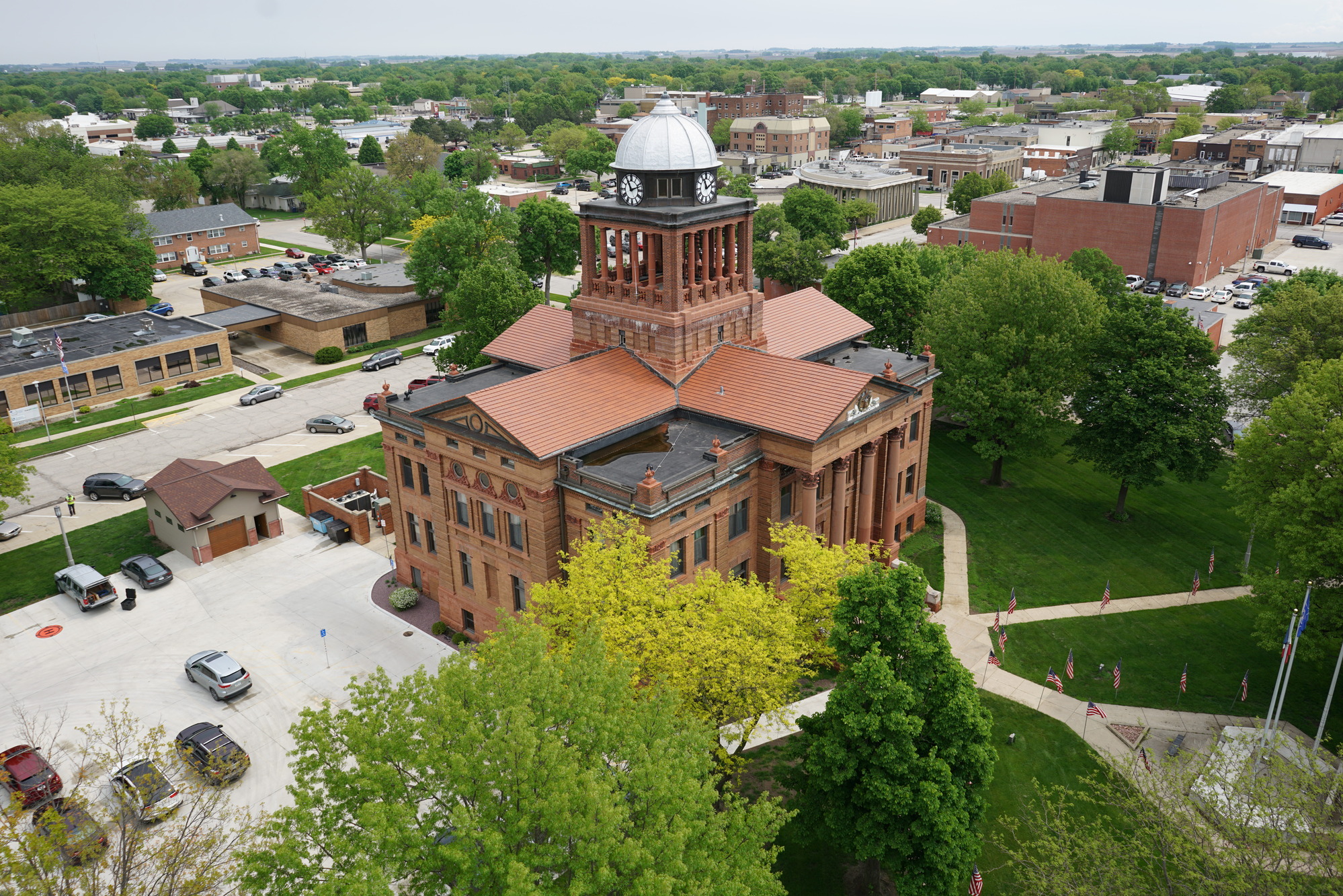Five Benefits of Green Infrastructure for Your Community
Green infrastructure is often thought to only provide water quality, but the ancillary benefits are often overlooked. When looking to the next round of community improvements, cities can reap the following five benefits from implementing green infrastructure solutions.
1. Increase Flood Control
As communities combat aging infrastructure and increasing rainfall intensity, a focus on flood resiliency is more common. The engineering solution in urban areas is often providing additional capacity in the storm system. Though green infrastructure is typically sized to store runoff from smaller events, there are benefits that impact flood control. A common flood control benefit involves designing the inlet system to intercept water flow from the surface and bring it into the storm sewer pipes.
The ability to intercept runoff from the surface and into storm sewer pipes can often be the most challenging component in urban areas. With most of the nation's storm sewers being outdated, these features are much smaller than what is needed to capture today’s larger storms. They may only intercept stormwater at a capacity of a six-month event or less while most design standards today require capacity for a larger 10-year event.
2. Improve Water Quality
By design, green infrastructure's primary objective is to treat stormwater from typical rainfall events. It does this by mimicking the natural hydraulic response of the watershed prior to human impacts, slowing rainwater down and filtering it through various natural media including rock, soil, and sand. Urban pollutants filtered through this process include nitrogen, phosphorous, and particulate matter, which is picked up when stormwater runs through communities. Green infrastructure treatment improves downstream water quality and the health of natural ecosystems—including human life.
3. Maximize Health Benefits
Green infrastructure often incorporates native plantings into designs. Increasing the amount of natural plant features in an urban area can provide a positive impact to the physical and mental health of community members. Some benefits of additional native plantings include improved air quality, increased natural habitat for local wildlife, and added value to social capital and recreational opportunities. A reduction in and surface temperatures, noise levels, and crime are also possible. A study in Atlanta Georgia demonstrated the connection between a green street project and positive health impacts due to a number of environmental, social, and economic benefits.
4. Increase Utility Funding
Most communities utilize a stormwater fee to fund maintenance and improvements to their stormwater system. In polls given to residents in communities that ISG works in, water quality improvements are often ranked as high as flood control improvements. This means that when communities start incorporating water quality improvements into their public improvement projects, residents are often willing to pay higher fees for their utility.
5. Expand Economic Development + Growth
Housing and office tenants prefer to be in environmentally friendly buildings and forward-thinking communities. One example of this is in Des Moines, Iowa, where nine blocks of the Market District is being redeveloped. The theme of the redevelopment is sustainability, with water quality at its focal point. The project will include installation of over 80 bioretention cells that provide water quality treatment for all the future blocks and the public right-of-way. This new and improved living and working area is becoming a reality because the developer recognized that people want to be in areas that are focused on sustainability.
Learn more about ISG’s green infrastructure experience here.



Related Articles

.webp)
Navigating the MS4 Permit Program: How ISG Supports Communities Every Step of the Way
The management of stormwater runoff is a pressing concern for cities across the nation, and the Municipal Separate Storm Sewer System (MS4) permit program is a critical framework designed to protect water quality and our natural resources.


Optimize Maintenance + Reveal Opportunities with Facilities Assessments
The Clay County Board of Supervisors (County) knew they needed to address facility repairs in their Administration Building, Courthouse, and General Services Center. While maintaining public buildings does not generate excitement, County leaders recognized that deferring upkeep of public facilities can cost more in the long run if left unaddressed and may result in limiting other more impactful projects.

Creating Flood-Resilient Communities: A Case Study in Floodplain Management
In the land of 10,000 lakes, Minnesotans love to live near and play in our abundant water systems. But the effects of population growth, land use development, and climate change pose challenges within floodplain areas, contributing to persistent flooding issues.


Why a Phase 1 Environmental Site Assessment is Critical to Project Success
In the world of real estate development and land acquisition, the road to success is paved with thorough planning and attention to detail. One often overlooked but crucial step in the due diligence process is the Phase 1 Environmental Site Assessment (ESA). Before a client begins any project, ISG often conducts a Phase 1 ESA to identify any recognized environmental conditions (RECs) that could impact the property's value or pose potential risks to public health and the environment. The result of the assessment influences the project’s direction and success long-term.


.svg)




